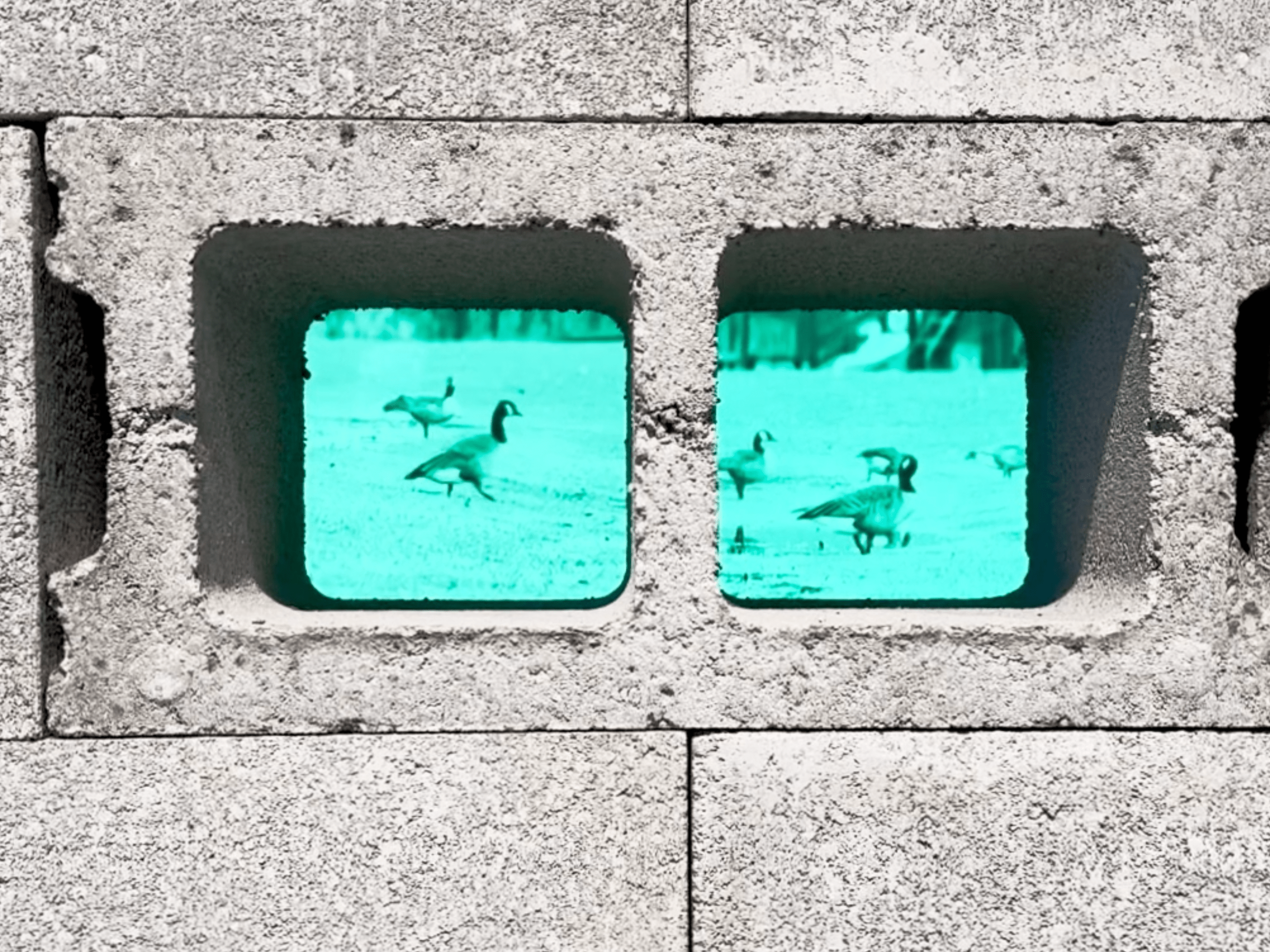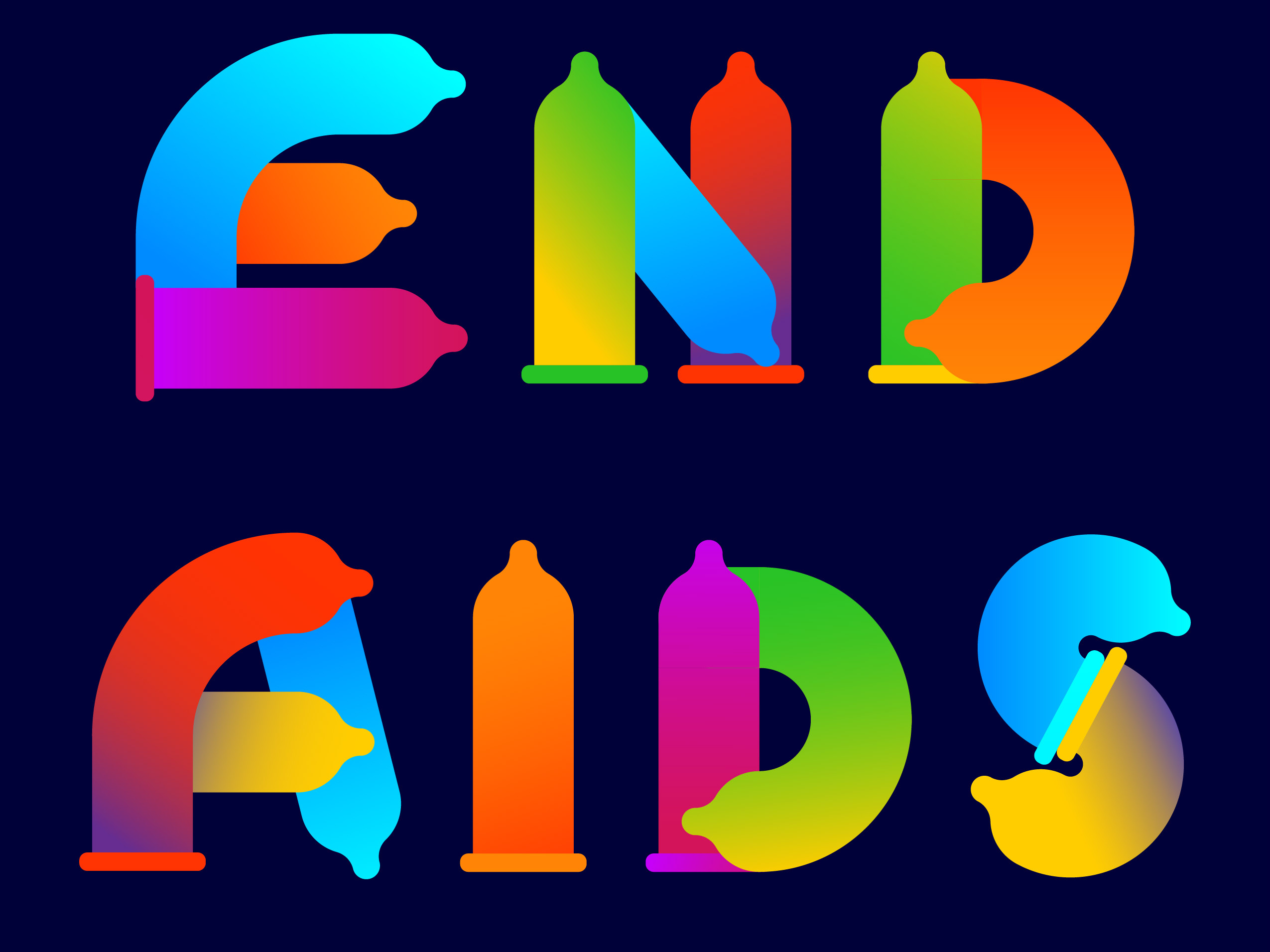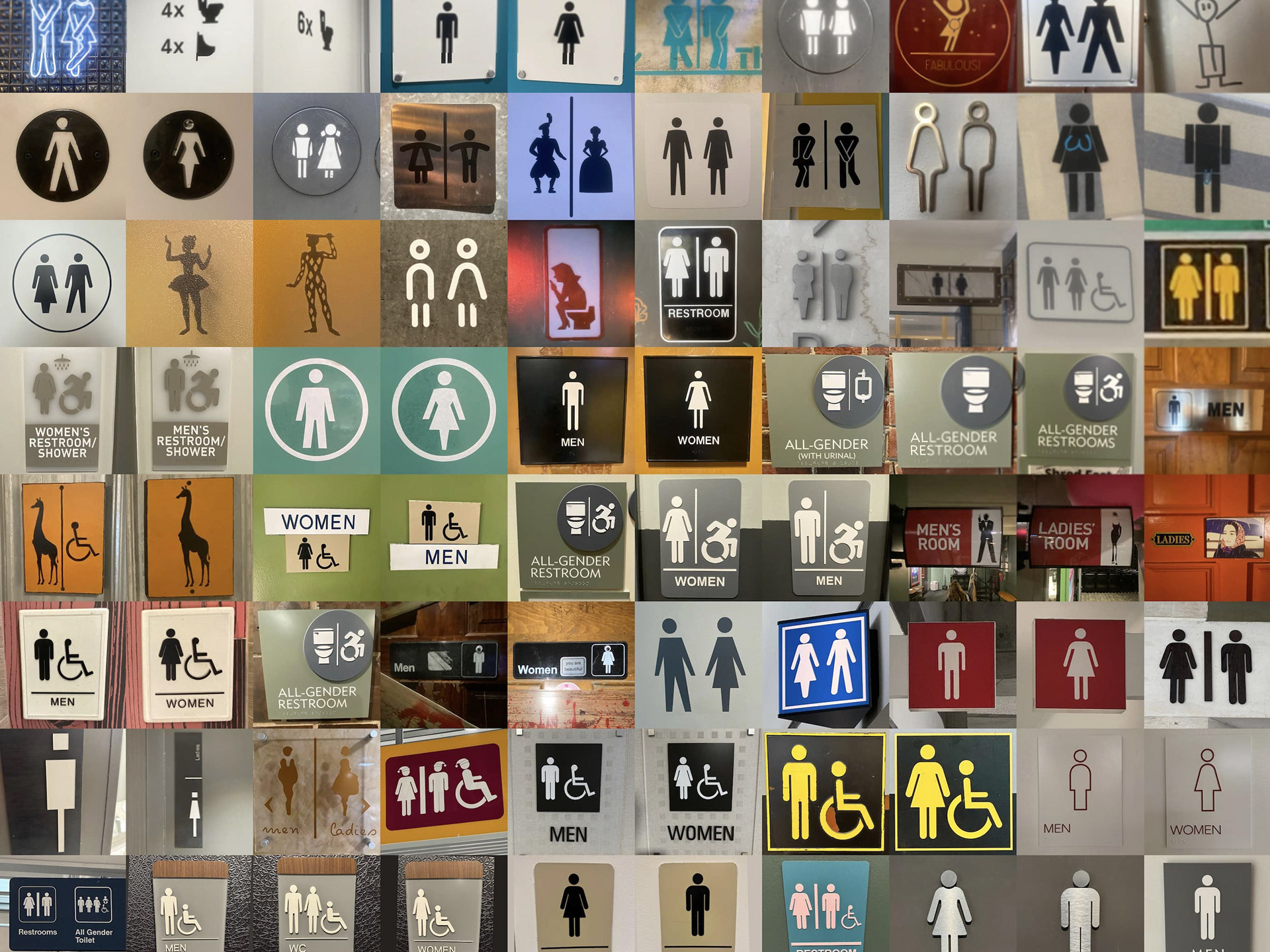interface | 2024 | Solo Exhibition
I grew up simultaneously at the interface of two networks: a norm-obsessed New Jersey suburb and the infinitely-possible digital world. Under the pressures of homophobia and toxic masculinity paired with an absence of LGBTQ+ representation and conversation in my physical community, my queer identity often felt much more at home online. Throughout my iPhone’s digital landscape, I found soft and squishy spaces where I was able to safely externalize emotions, learn about my queer identity, and build supportive relationships throughout my teenage and young adult years.
search
Conversations about queer people were absent and taboo at home, in school, and with friends while I was growing up. With no one to ask my questions, I went to the search bar and found unlimited access to answers and representation about LGBTQ+ identities, sex, relationships, history, politics, laws, safety, mental health, and lives.
reflections
Coming to terms with my sexual orientation toward the end of high school was the most emotionally intense and loneliest period of my life. I made a secret habit of journaling every night in a Google Doc to externalize and process my thoughts until I built enough confidence to come out.
facetime
After 18 years of being in the closet, dating my first boyfriend in college meant everything to me. When we had to leave campus for our less-accepting hometowns in separate states during winter and summer breaks, video calling allowed us to continue supporting each other.
spotify shy
Listening to my locked playlists of songs by empowering queer artists has always been my main source of comfort in privacy and anxiety in public. From a young age, I trained myself to be hypersensitive to judgement surrounding my queer identity and expression, it's something I'm still working on unlearning. (The headphones loop the song How To Cry by Sam Smith)
group chats
I have always had a friend group of guys and a friend group of girls. I realized that I code-switch my voice, tone, and behaviors (even in our group chats) to fit in with gender norms. Part of me loves this, as I get to be expansive in my gender expression. Another part of me feels tension about my true voice.
Gallery Tour








